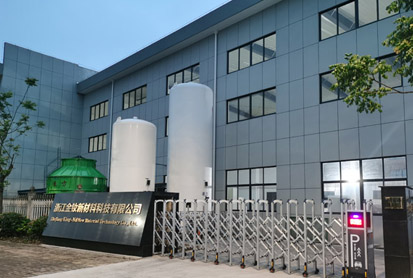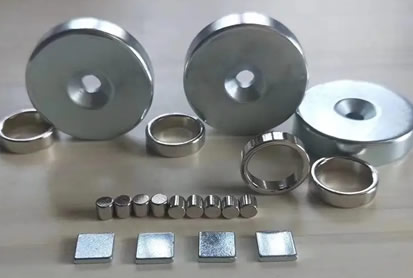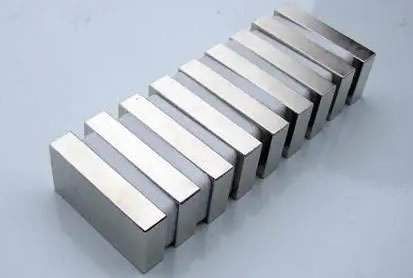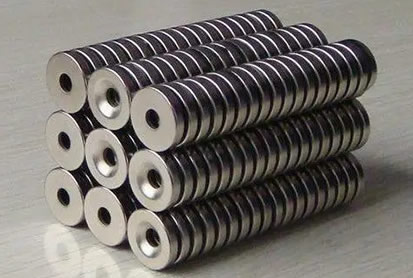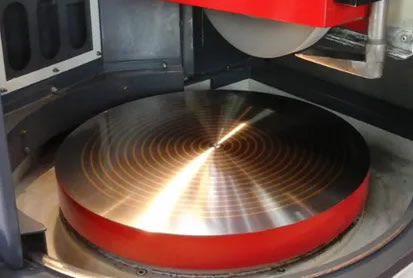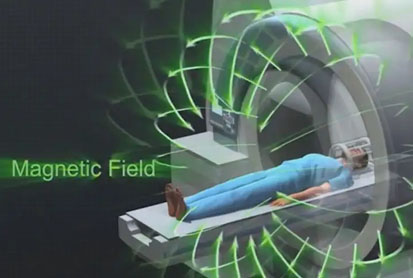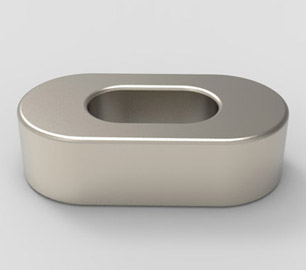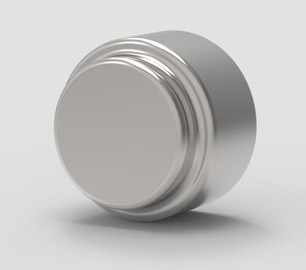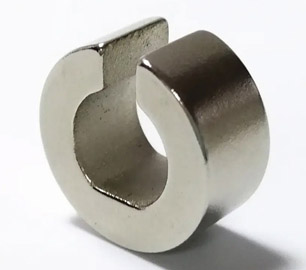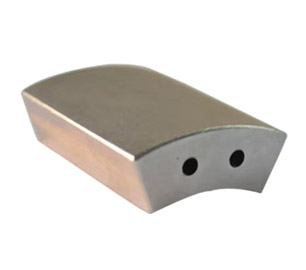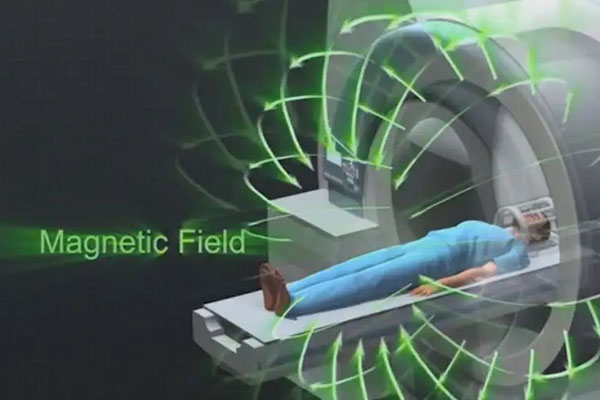
In recent years, the micromachining Laboratory of the physics laboratory has been committed to the production mode and component application of three-dimensional porous structures. They have created a new method to manufacture and process 3D micro and nano materials. According to the strain force of focusing ion beam, they can reasonably expand and close the level of one-dimensional and two-dimensional materials, and carry out large-scale controllable manufacturing and production processing, indoor space design, specifications, cycles and graphic appearance. 3D ring magnetic resonance metamaterials have made progress in China.
Recently, the laboratory expanded the raw materials of this kind of foldable 3D structure from metal nanowires and nano material plastic films to metal / raw material composite structures. With the transparent SiNx plastic film as the framework, the production process flow of inflation caused by focusing ion beam strain force will be μ The metal open mouth series resonant ring structure of M specification and model is generated in 3D interior space design with different open mouth directions and regions to obtain 3D optoelectronic device metamaterials with playability. Under the cultivation of vertical azimuth inclination angle, the metal series resonant ring causes LC common vibration, and the vibration mode of the series resonant ring with different mouth opening azimuth causes coupling and magnetic couple.
Progress in 3D ring magnetic resonance metamaterials in China
Polar moments are connected along the ring head and tail, resulting in ring magnetic dipole coseism. The ring magnetic resonance is located at the wavelength of mid infrared light, with a quality of 20.78.
According to the magnetic emitter kinetic energy spectrometer that analyzed the magnetic emitter kinetic energy spectrometer, they observed the value of TZ at the resonance frequency, confirming the existence of magnetic even moment coseism. In order to better make the intensity of the magnetic couple radioactive material higher than the thermal resistance electrode and photoelectric dipole as soon as possible, they used the oblique incidence TM wave to carry out excitation, and found that with the increase of the oblique angle, the component of TZ radioactive material slowly increased, and at 75 ° oblique angle, the driving force of its radiation source exceeded the thermal resistance electrode and photoelectric dipole, while still maintaining a stable quality factor. This result confirms the probability of using the folded 3D structure to carry out the factor ring photoelectric dipole coseismic, and shows the application prospect of coseismic in the fields of controllers and plasmon laser generators.

